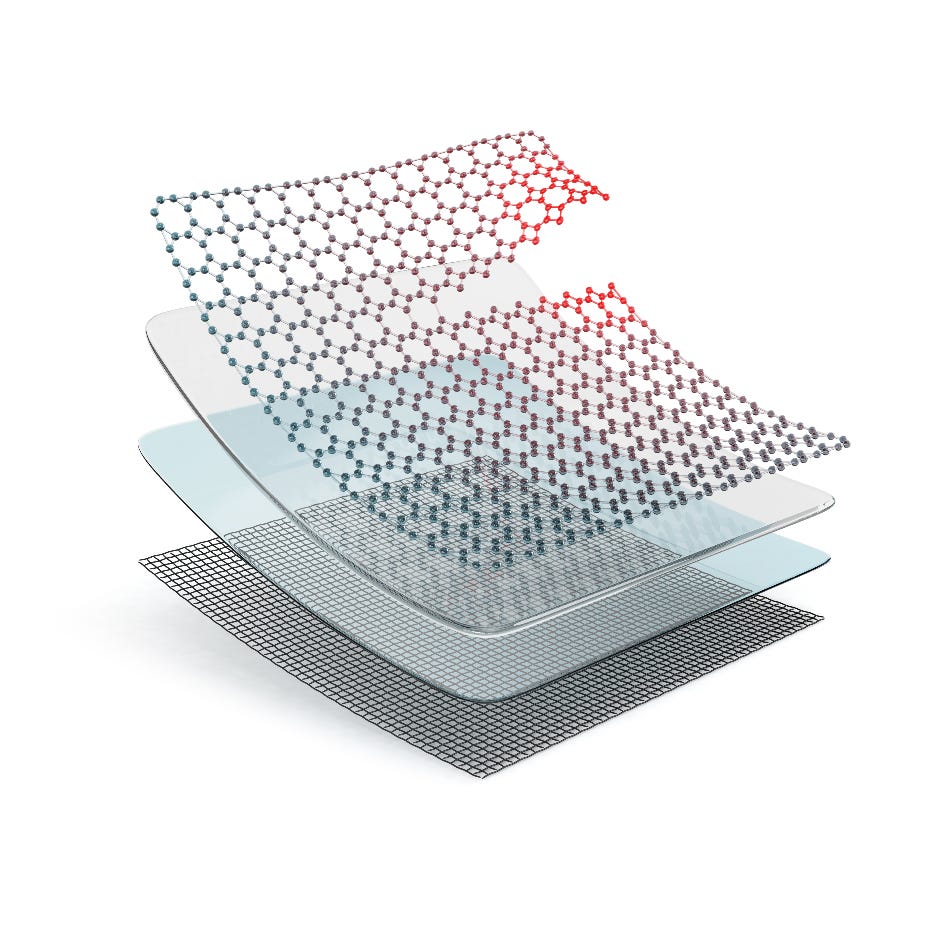Let's dive into The Wolverine Effect!
The Wolverine effect is an extremely fundamental and interesing topic in aerospace engineering. Lets dig deeper.
Recently, a groundbreaking concept has emerged in the field of aerospace engineering: self-healing materials. These materials have the potential to revolutionize the way we perceive the strength and safety of aircraft and spacecraft. Imagine a world where the materials used in planes and rockets can automatically repair themselves, similar to how our skin heals after an injury. This kind of technology could significantly reduce maintenance costs and prolong the life of critical components, ultimately enhancing the safety and efficiency of air travel. Self-healing materials come in two forms: intrinsic and extrinsic. Intrinsic materials are capable of repairing themselves without external intervention, often through reversible chemical reactions. On the other hand, extrinsic materials utilize embedded healing agents that are released when damage occurs. One remarkable method involves encapsulating microscopic microcapsules containing a healing substance within a polymer matrix. When the material sustains damage, such as a crack or a scratch, the microcapsules break open and release the healing agent into the affected area, where it interacts with the surrounding material and forms a strong bond, effectively sealing the damage. For example, researchers have demonstrated that epoxy resins loaded with microcapsules can regain up to 80% of their original strength after being cracked, showcasing the remarkable potential of this technology.






